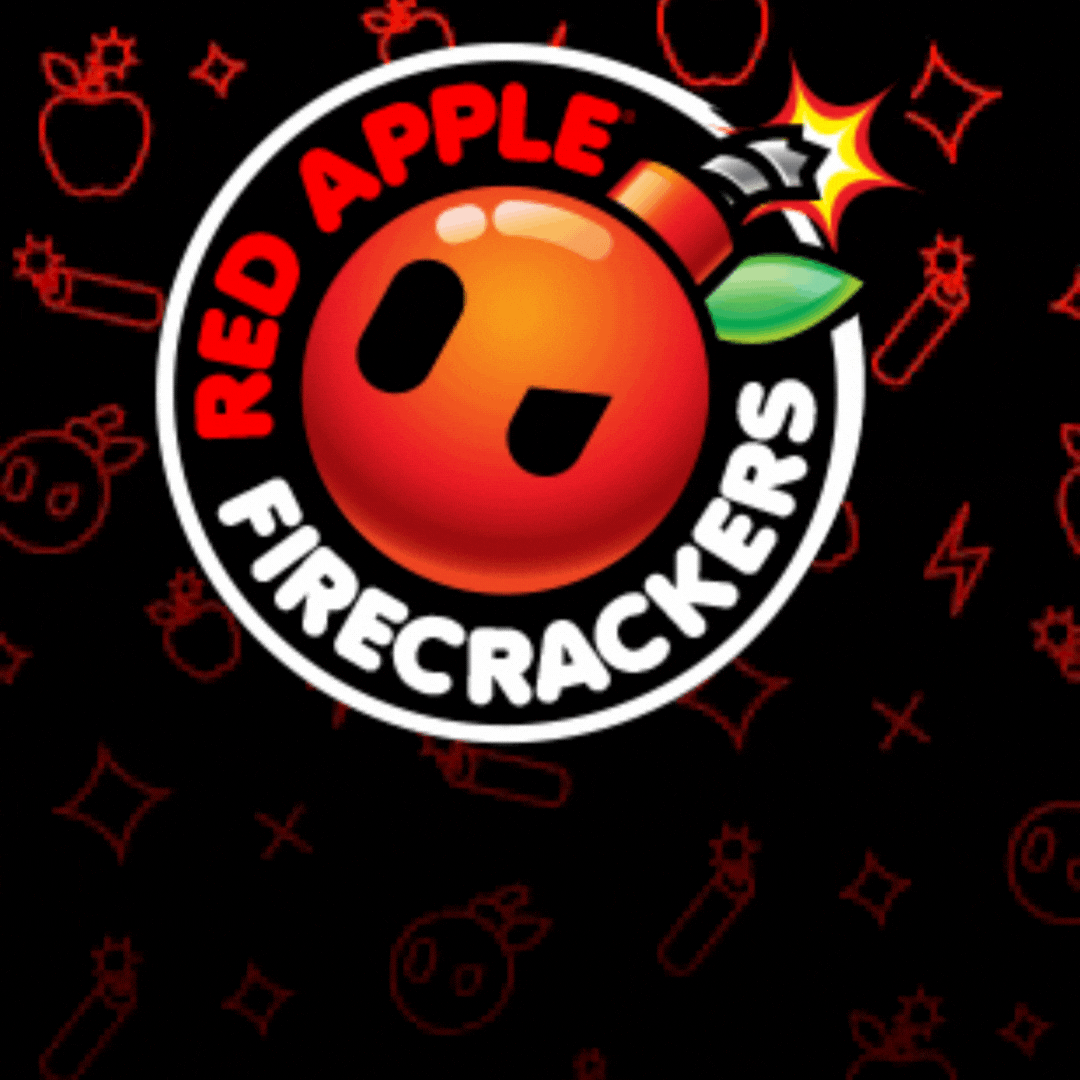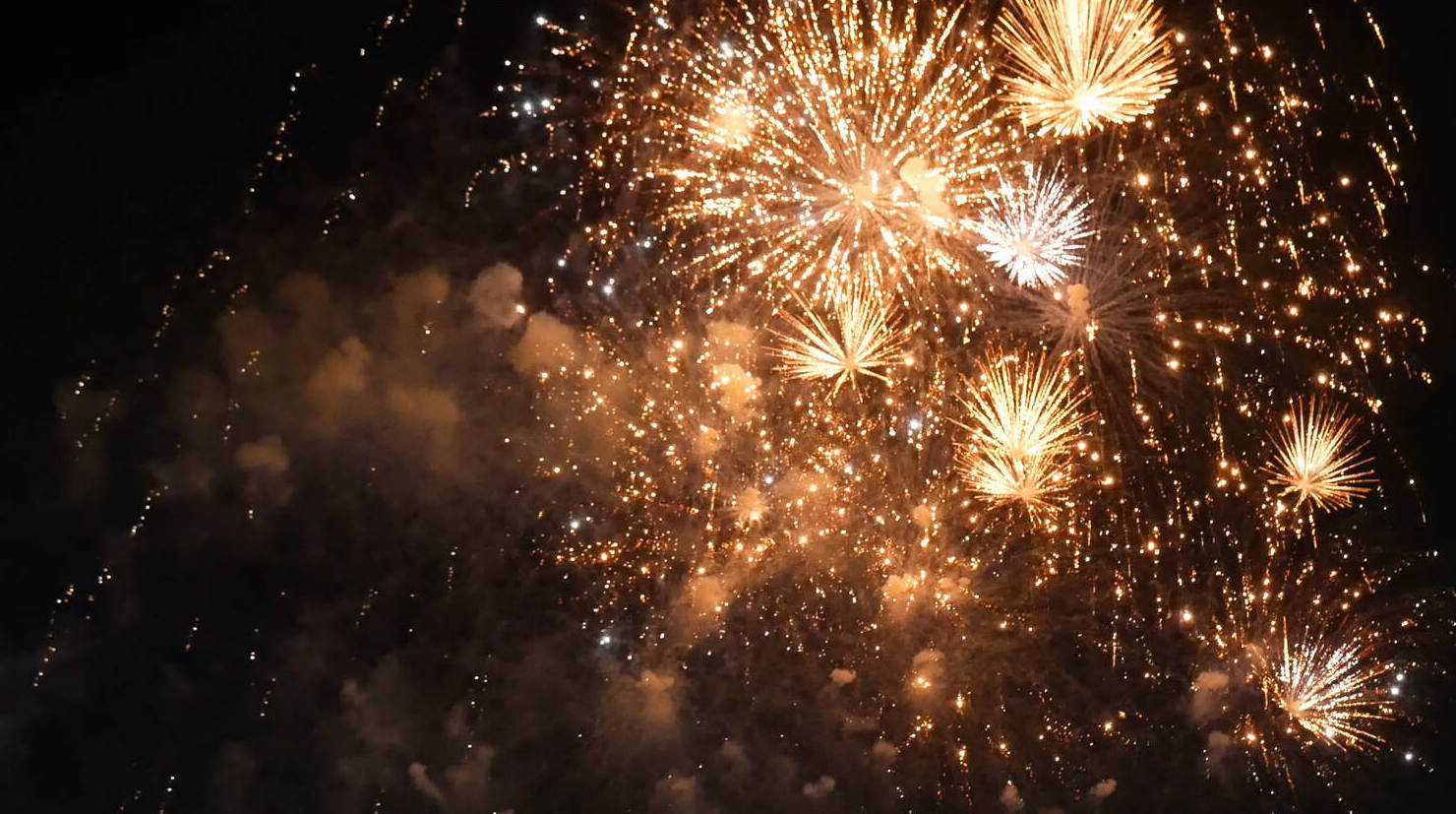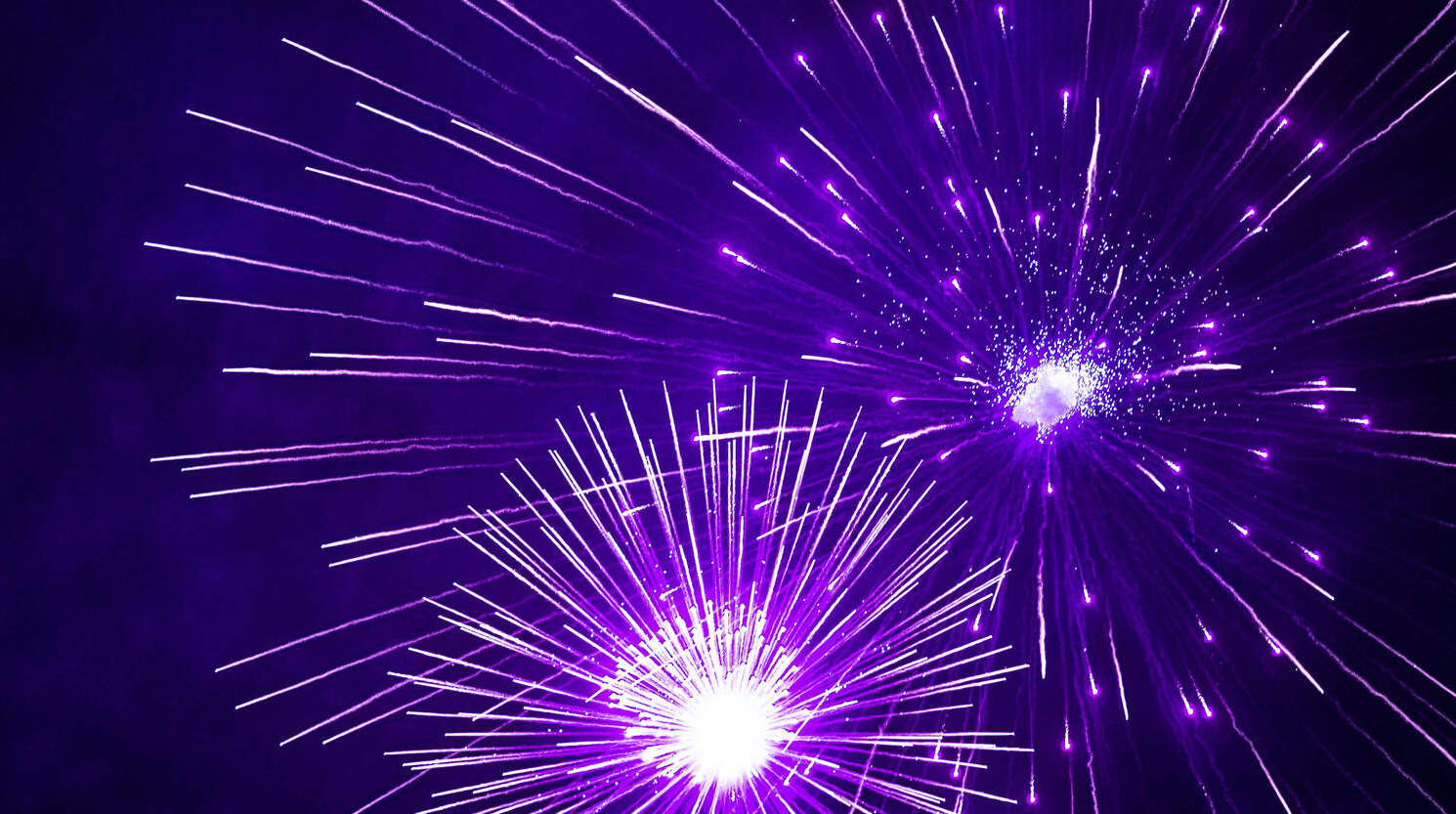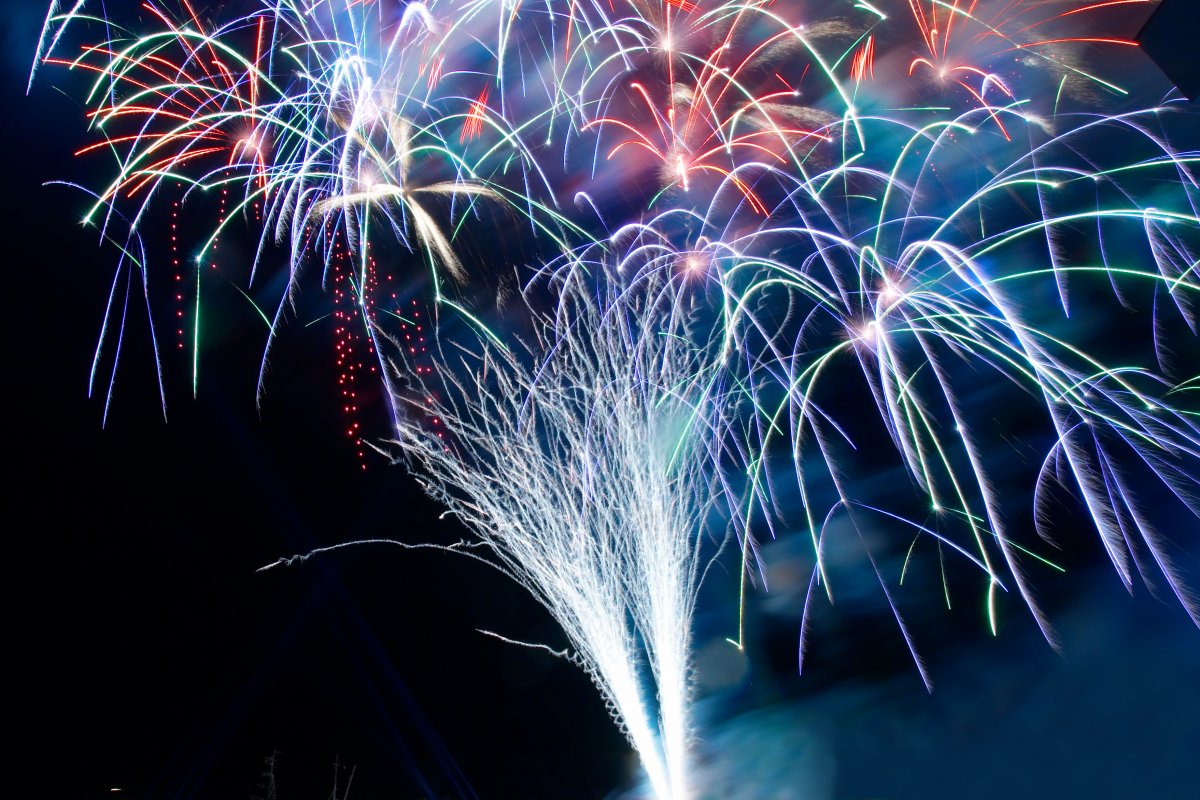Fireworks are an essential part of celebrations, filling the sky with a breathtaking array of colors that leave everyone in awe.
But have you ever wondered what element will give fireworks their yellow color? If you're someone who's always been curious about the science behind the colors of fireworks, you're in the right place!
In this article, we'll dive deeper into the chemistry that makes those vibrant yellow bursts possible. From the role of specific metal compounds to the reactions that bring these colors to life, we’ll cover all the details.
So, if you’re ready to learn exactly how these stunning yellow hues are created, keep reading!
What this article covers:
- How Metal Compounds Create Firework Colors
- Sodium: The Element Behind Yellow Fireworks
- How Sodium Creates Yellow Fireworks
- Controlling the Intensity of Yellow in Fireworks
- Environmental and Safety Considerations
How Metal Compounds Create Firework Colors
The vivid colours you see in a fireworks display are made possible by metal compounds—specifically, metal salts that are carefully chosen for their ability to emit light at certain wavelengths.
When fireworks are ignited, these compounds are exposed to extreme heat. This heat excites the electrons in the metal atoms, causing them to jump to higher energy levels.
As they return to their original state, the electrons release energy in the form of light, and the wavelength of that light determines the colour we see.
Two main processes drive this effect: incandescence, which is the glow of hot metals, and luminescence, where specific chemical reactions cause elements to emit light without necessarily glowing from heat alone.
Together, these reactions allow fireworks to explode in brilliant reds, greens, blues—and, of course, yellows.
Each metal compound produces a distinct colour. For example, strontium emits red, copper produces blue or green, and sodium, the star of yellow fireworks, gives off a strong golden-yellow glow.
Next, let’s take a closer look at how sodium produces that signature sunshine burst in the sky.
Sodium: The Element Behind Yellow Fireworks
Now that we know the basics of firework chemistry, let's talk about the star of the yellow fireworks show: sodium.
Sodium is the key element responsible for producing those brilliant yellow hues. When heated, sodium compounds emit light at a wavelength of approximately 589 nanometers, which is perceived as yellow by the human eye.
This is the same light wavelength emitted by streetlights, which also use sodium vapor.
Properties of Sodium Relevant to Pyrotechnics
Sodium is a highly reactive metal with distinct properties that make it ideal for pyrotechnics.
It burns at a high temperature, allowing it to produce a strong, bright color when combined with other ingredients in fireworks.
Its ability to emit a specific wavelength of light makes it a reliable choice for creating yellow fireworks. Sodium is also stable enough to withstand the intense conditions within a firework shell, making it a go-to element for pyrotechnic displays.
Common Sodium Compounds Used in Fireworks
To achieve yellow in fireworks, sodium is typically combined with compounds like sodium nitrate or sodium chloride.
These compounds help stabilize the sodium and enhance its light emission properties.
By carefully selecting the right sodium compounds, pyrotechnic experts can control the intensity and hue of the yellow color, ensuring that it dazzles and shines during a firework display.
How Sodium Creates Yellow Fireworks
The bright yellow color seen in fireworks is primarily produced by sodium and its unique atomic behavior.
When sodium compounds are heated during a firework explosion, the energy causes their electrons to jump to higher energy levels.
As these electrons return to their original state, they release energy in the form of light at a wavelength of approximately 589 nanometers—a range that appears as vibrant yellow to the human eye. This is the same golden hue commonly seen in sodium streetlights.
Thanks to this consistent and intense emission, sodium remains the go-to element for creating bold yellow effects in pyrotechnic displays.
Controlling the Intensity of Yellow in Fireworks
Creating the perfect yellow in fireworks isn’t just about using sodium—it’s about controlling the conditions that affect how that colour appears.
Several factors influence the intensity and hue of yellow, including the temperature of the combustion, the type of sodium compound used, and the presence of other chemicals in the firework mixture.
Higher temperatures can enhance the brightness of sodium’s yellow emission, while subtle variations in composition may shift the colour slightly warmer or cooler.
Another important consideration is balance. Sodium’s light is so bright and dominant that it can easily overpower other colours in a fireworks display if not used carefully.
Pyrotechnic designers must adjust the ratio of sodium to other elements to ensure that the yellow doesn’t wash out surrounding colours like red or blue.
Achieving a well-balanced, multi-coloured display requires precision, experience, and a deep understanding of how sodium behaves under different conditions.

Safety Precautions When Handling Sodium Compounds
Sodium compounds are highly reactive, so safety is a top priority when working with them.
Pyrotechnic professionals must take extra precautions when handling these materials, ensuring that they are stored correctly and used in controlled environments.
The handling process must adhere to strict safety protocols to prevent accidents and ensure the fireworks perform as expected.
Environmental and Safety Considerations
While fireworks are spectacular, it's essential to consider their environmental and health impact.
Sodium compounds, like many chemicals used in fireworks, can have some effects on both the environment and human health.
This makes it important for manufacturers to explore safer, more eco-friendly alternatives.
Impact of Sodium Compounds on Health and Environment
Sodium-based compounds can contribute to air pollution, particularly in urban areas, due to the chemicals released during combustion.
Additionally, prolonged exposure to some of these compounds may have adverse effects on respiratory health.
Therefore, pyrotechnic professionals must work within established guidelines to minimize the environmental impact of fireworks.

Advances in Eco-Friendly Firework Technologies
The pyrotechnics industry is constantly evolving, and efforts are being made to create more eco-friendly firework options.
Advances in technology are helping reduce the harmful effects of traditional fireworks while maintaining the stunning visual displays we all love.
Sustainable fireworks that use fewer toxic compounds are being developed, providing a more environmentally conscious way to celebrate.
Conclusion
If you're looking to add a dazzling burst of yellow to your next special occasion or holiday, Red Apple Fireworks has you covered!
Whether you're aiming to light up the sky with our aerial fireworks or add some fun with our spinner fireworks, our collections offer something for every celebration.
We pride ourselves on delivering only the highest-quality, premium fireworks, and our extensive selection will make sure your display is nothing short of spectacular.
Plus, when you join our Club Red Apple® membership, you'll save up to 25% on all your purchases and enjoy exclusive benefits to enhance your fireworks experience.
At Red Apple Fireworks, we're all about making your events unforgettable—join us today and experience the ultimate in pyrotechnic brilliance!
If you want to learn more, check out these articles below:
- What Element Makes Purple Fireworks
- What Makes Fireworks Blue
- Which Metal Ion Is Responsible for the Red Firework
- When Were Fireworks Invented?
- First American Fireworks
- Facts About Fireworks
- Why Do Celebrate with Fireworks?
- Why Were Fireworks Important in Ancient China?
- How Does a Firework Work?
- What Chemicals Are Used in Fireworks?
- What Minerals Are Used to Make Gold Sparks Fireworks?
- What Three Processes Cause Fireworks to Emit Light?
- What Problem Occurs If the Firework Mixture Is Not Pure?













Leave a comment
All comments are moderated before being published.
This site is protected by hCaptcha and the hCaptcha Privacy Policy and Terms of Service apply.